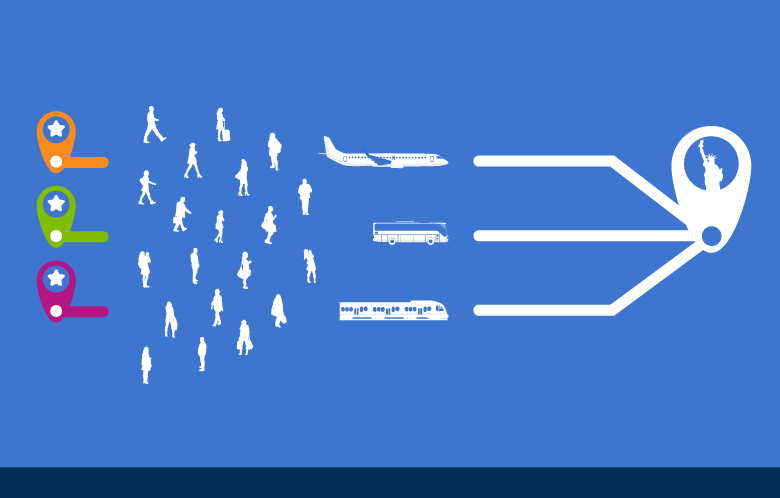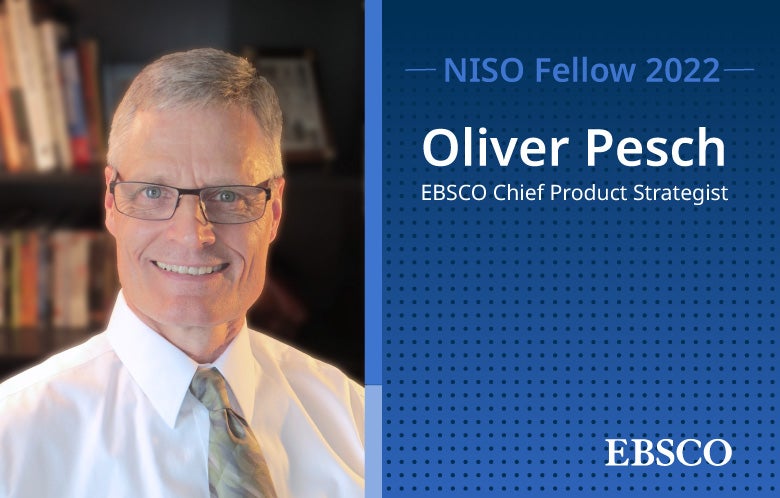Determine how the origin of the user journey is often an unanswerable riddle, how the link resolver adds to the mystery, and how NISO is closing in on the answer that can help publishers and libraries better understand how/where usage of content is generated.
There are 20 people traveling to New York from three different cities, San Francisco, Boston and Chicago. Five are traveling by bus, eight are flying and seven are taking a train. How many people traveled from San Francisco? The reality is that with all of this information, we still don’t have the data that we need to answer the question. This type of scenario is one that publishers and libraries face when they look at usage statistics. While we may know how many users accessed full-text items on a given publisher site, quite often we don’t know the platform that they came from originally. So, we know they landed in New York, but we don’t know where they began their journey. This is because when a researcher uses a link resolver to get to the full text, data related to the “origin” of the search is not always apparent. Instead, the available data might point back only as far as the link resolver when we ask “where did the user begin their search?” But of course, the link resolver is just a bridge between the initial search/request and getting to the actual full text at the publisher site. In the example of our travelers heading to New York, we can tell that they may have arrived via planes, trains and automobiles, but we can’t tell where they began their journey. The fact is that your users did NOT start their research in the link resolver. The fact is that the link resolver is not a source of traffic but a means by which someone travels. In order to more easily discover the origin of the search when a researcher uses a link resolver, librarians and publishers need more detailed and consistent data provided by these tools in order to track the journey of the user from departure to arrival. That is precisely what a new initiative of The National Standards Organization (NISO) is trying to do. The Recommended Practice for Tracking Link Origins in a Networked Information Environment project aims to find ways to attain more accurate statistics, regardless of how a user gets to content. NISO is looking to create a committee comprised of a wide variety of people that represent the interested constituencies: libraries, publishers, discovery providers, providers of abstracting and indexing databases, content aggregators, link resolver vendors and associated technology providers. The goal is to ensure that publishers and libraries have data related to how/where users are beginning their research and requesting full text, so libraries and publishers can better understand user behaviors, and the importance of various platforms relative to overall use of content. NISO’s press release on the project has more information about the project and how to get involved.



